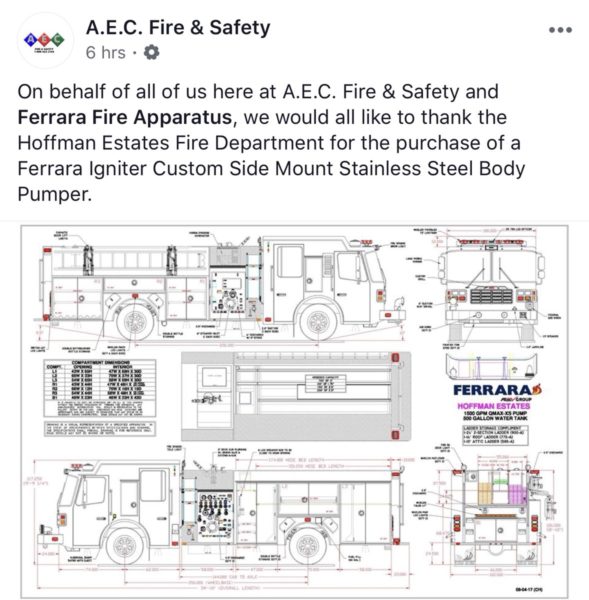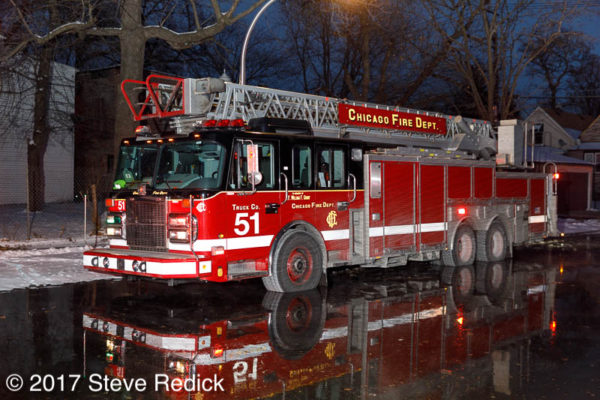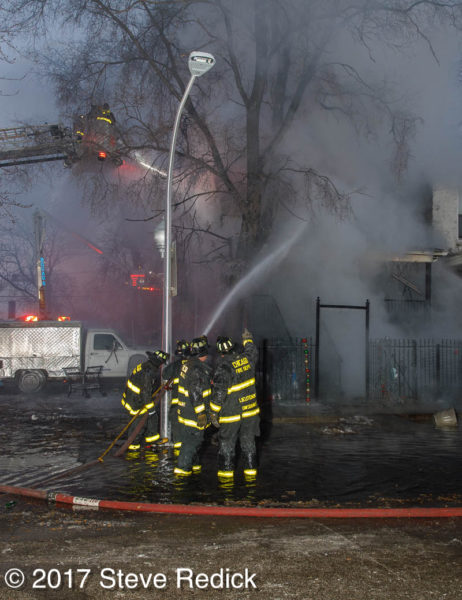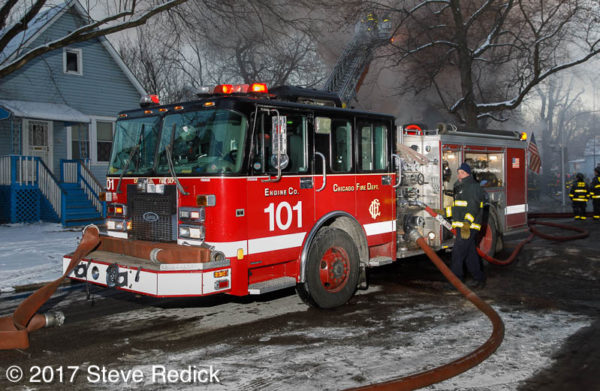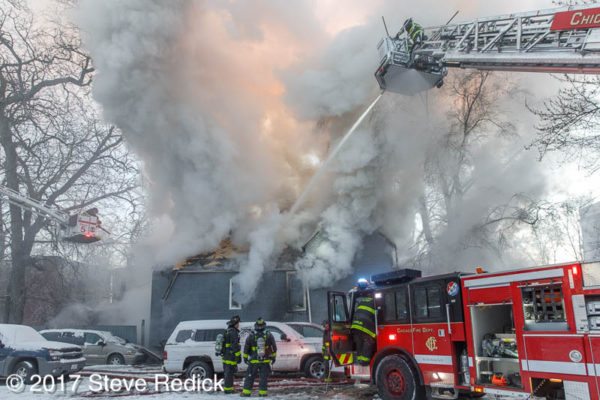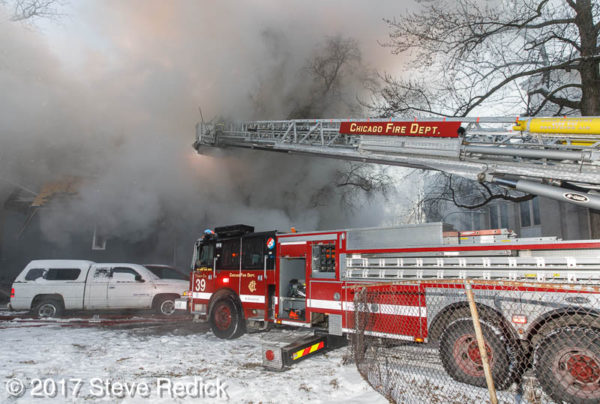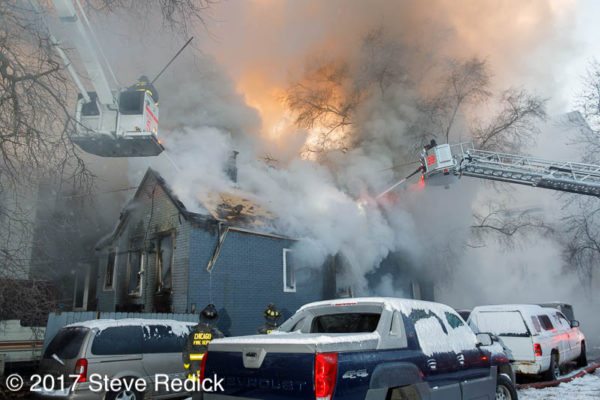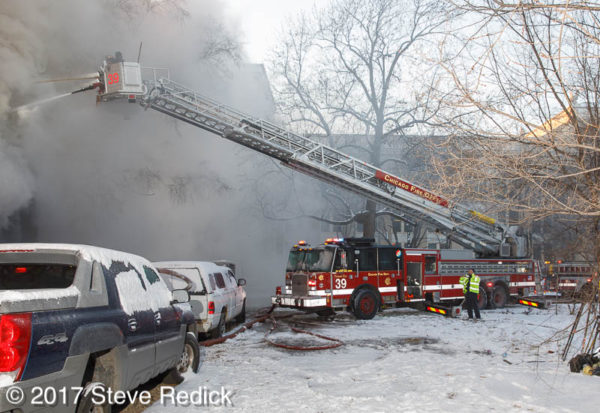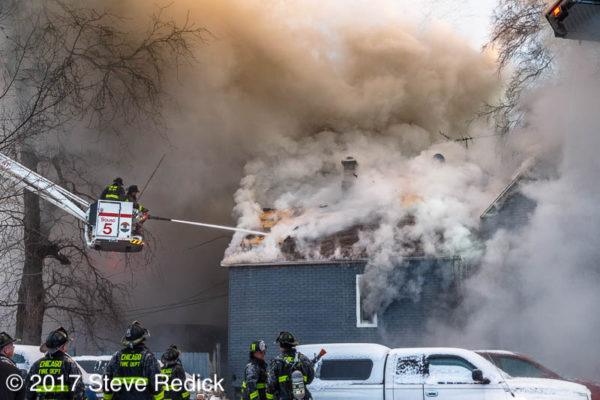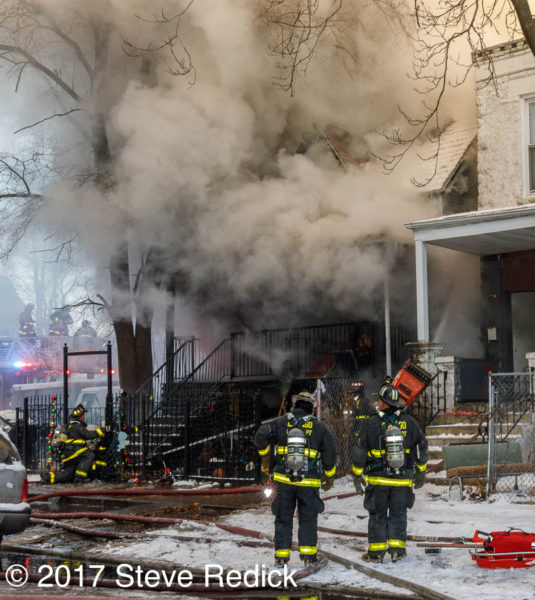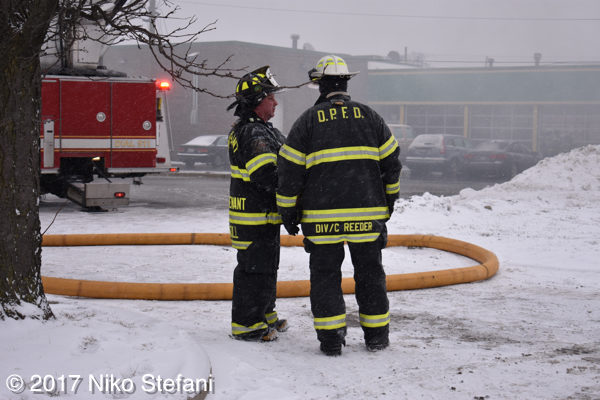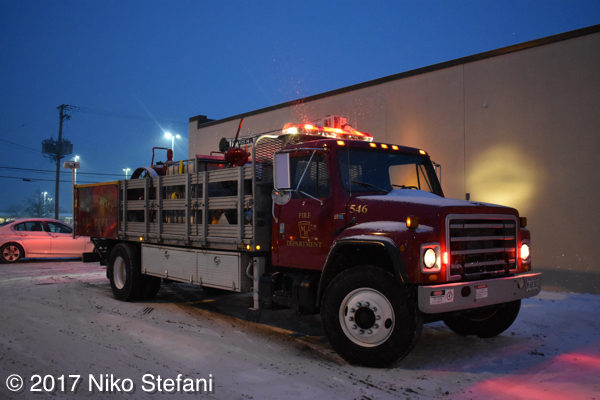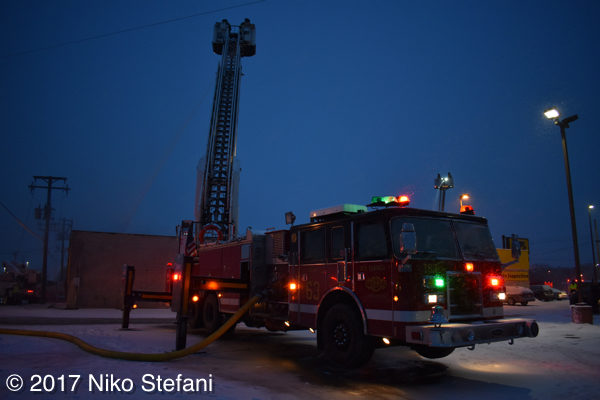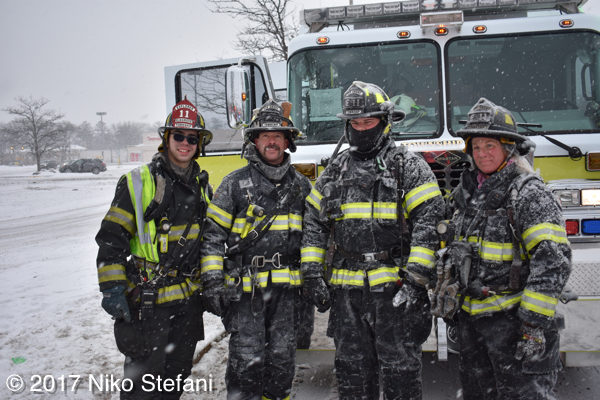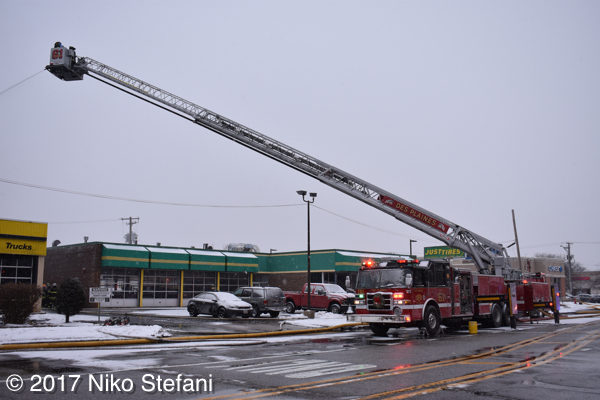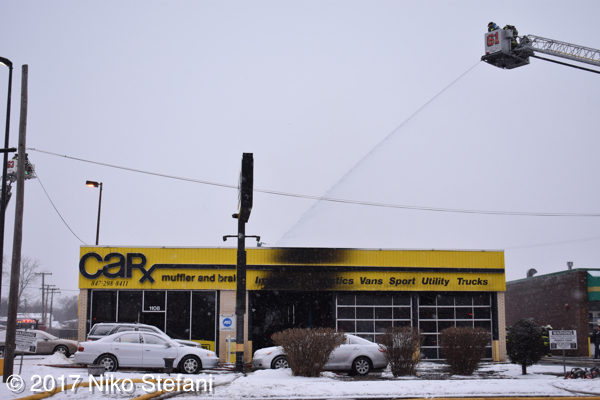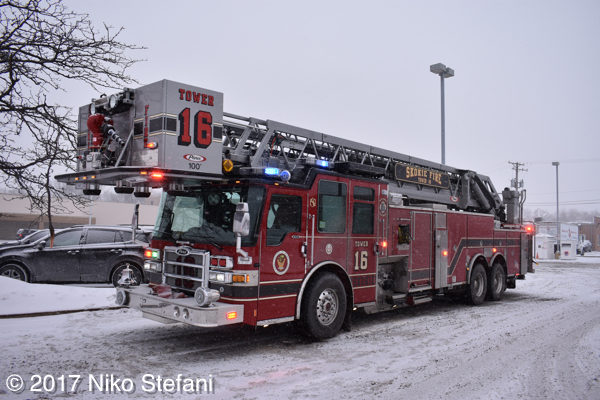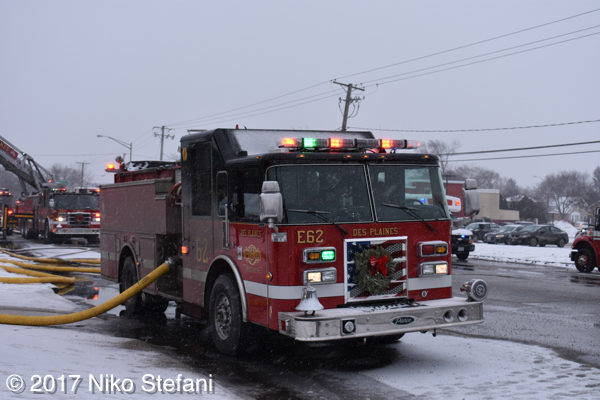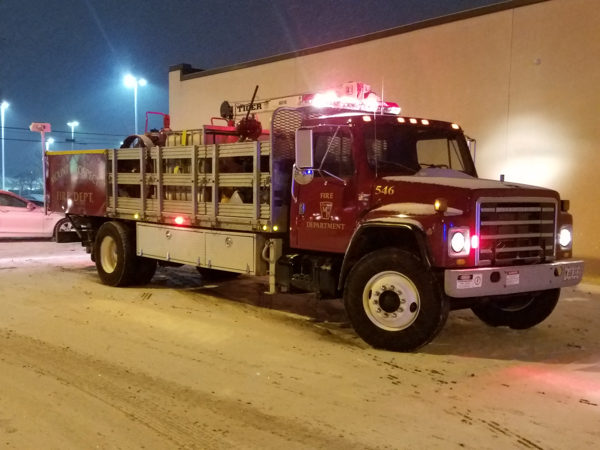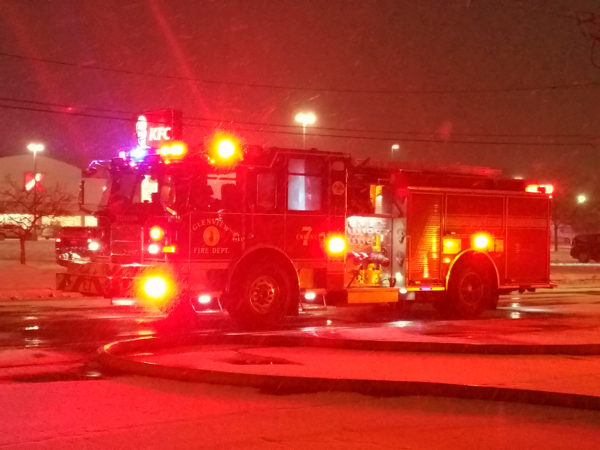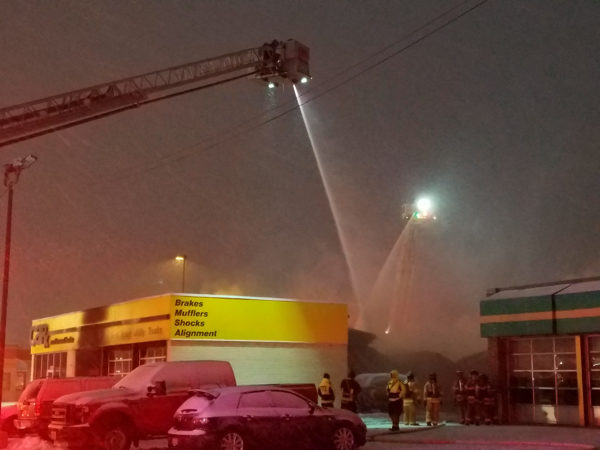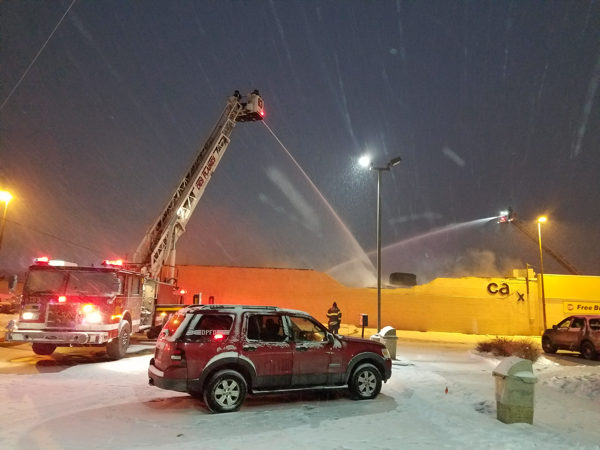Excerpts from the examiner.net:
Fire departments have been taking extra steps – many of which involve changing some long-held mindsets – to reduce exposure to carcinogens.
Dirty gear used to be points of pride among firefighters – and with some they might still be considered as such. But now many fire departments are trying to teach their personnel that dirty coats and soot-blackened helmets represent cancer risks to be avoided.
Studies have shown firefighters developing or at risk of developing cancer at a higher rate than the general population – nearly twice as much with some forms of cancer such as testicular or malignant mesothelioma. Some firefighters call it an epidemic that’s been sweeping through the ranks for several years now, in large part due to the toxic exposures from fires.
The International Association of Fire Fighters claims occupational cancer has become the leading cause of death for firefighters nationwide. Since 2002, 60 percent of the names added to its Fallen Fire Fighter Memorial Walls are people who died from occupational cancers. In its online checklist for reducing exposure risk to carcinogens, the IAFF starts the group of self-actions with eliminating the attitude of “The dirtier the gear, the tougher and more experienced I am.”
From keeping all gear on during overhaul, getting sprayed down, and using wet wipes on-site to washing gear and showering at the station, men and women in the fire service have been working to develop a new, more intensive routine.
Like many veteran firefighters, Kirk Stobart, president of Independence’s (MO) firefighters union can recall when blackened gear was a matter of pride.
“If your gear wasn’t dirty, you weren’t doing your job,” said Stobart, a 26-year firefighter. “They used to make fun of the people that had clean gear.”
“Back in the day, it was like a badge of honor to have dirty gear, a dirty helmet,” adds Sam Persell, assistant chief of the Central Jackson County Fire Protection District.
Said recently retired Independence Fire Chief John Greene, “The dirty gear, soot on the helmet, black snot – now we know all that is just signing your death certificate early.”
For those whose career began about the same time as Stobart, Persell and Greene, it might not be easy to ditch that attitude. Some might have scoffed at the notion of firefighting leading to cancer like it can a heart attack or stroke.
“Now we’ve gotten to the point where guys in the field don’t have to be told, do gross decon right on the scene. It’s amazing to see how well-accepted it’s been. It makes me pretty proud of what our union and management has done.”
Similarly, Persell refers to a former assistant chief in the department who received a cancer diagnosis. Persell helped enact a program of yearly physicals for all firefighters in CJC – starting from the point of hiring – and those check-ups helped catch cancer in a few firefighters, allowing them a chance to get treatment and either return to fire service or retire.
“We train them, we teach them right off the bat, to maintain a sense of wellness and health,” Persell said. “We’ll get to where we want to be. You can’t argue the data (about fire service cancer deaths). The data is there, and it’s ever-increasing. Guys are saying, ‘I don’t want my family to go through that.’”
Firefighters have often battled a far different fire than their predecessors did. The materials used in housing and other buildings contain far more plastics, petroleums and other synthetics that emit poisonous soot and fumes. Through skin absorption or inhalation, firefighters can easily be exposed, and particles can remain on gear not properly cleaned.
“Those old firefighters that taught me,? Stobart said, “they battled solid wood and natural stuff.”
For those who maintained the dirty gear badge of honor, or transported that gear in their civilian vehicle and even into their homes, it would be potentially hazardous.
Even before on-site decontamination, chiefs have implored firefighters to keep all their gear on while going through overhaul, instead of shedding the coat and mask as some might do, particularly on warm days.
Many times, wet wipes are available to clean the hands, face and neck after a fire. Gear should be removed, if not bagged as well, to return to the station, then washed in commercial-grade extractor washers designed to fully decontaminate fire clothing. Such machines have different settings for inner and outer layers and wash only one or two sets at a time. Helmets have to be scrubbed by hand, and inside of fire trucks should also be wiped down.
Extra gear allows firefighters to shed a dirty set, shower at the station, and be ready to don clean gear and head back out if necessary in less than an hour.
Persell said he even recommends a stationary bike session to work up a sweat for further detox.
Stobart said he fears the cancer issue in the fire service will get even worse before it gets better – many veterans could already be affected, and it will take time for many anti-exposure measures to fully take root – but hopefully the veterans now are setting a positive new standard.
